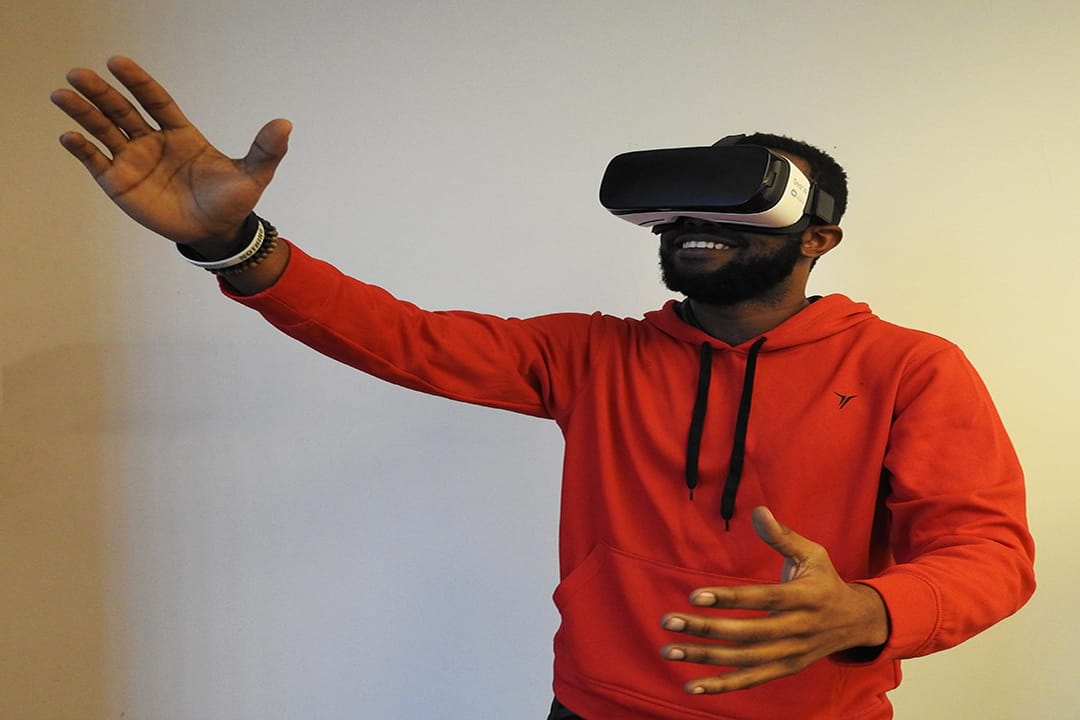The Ins and Outs of Virtual Reality Therapy
- Virtual reality therapy- what exactly is it? What does it entail?
Virtual reality therapy or virtual reality exposure therapy (VRET) is a therapeutic approach whereby clients are immersed in an artificial world. They often use unique treatment plans based on the specific needs of each patient. It works by exposing patients to things that will trigger their anxiety in a controlled environment. The patients are then helped to respond positively to the stimuli and decrease their levels of psychological stress.
Therefore, in order to alleviate symptoms of different psychological disorders, clients experience their triggers and are helped to create a more beneficial response. For example, some behaviours which people often engage in when responding to triggers could include avoidance, thus VRET helps people to actively confront their fears and learn how to control them.
In cases where it would be dangerous to physically expose individuals to their feared stimuli, virtual reality therapy becomes very beneficial.

- What specific disorders and mental health issues is it used to treat?
One of the most common uses of VRET is in the treatment of Post-Traumatic Stress Disorder (PTSD). For example, for military veterans who have developed PTSD, it would be unsafe to place them back into that environment. Therefore, they can learn to tackle their anxiety through virtual reality. Research conducted into veterans of the Vietnam war has shown that when using VRET with war-like imagery, there was a reduction in their PTSD symptoms.
In addition to PTSD, VRET can also be useful in the treatment of a wide range of other disorders, including: claustrophobia (the fear of tight spaces), stage fright and obsessive compulsive disorder (OCD).

- What are the different types of virtual reality therapy?
Virtual reality therapy can be used to treat a vast range of phobias, anxiety and mood disorders.
A specific type of VRET is ‘Full sensory VR therapy’. This type means that not only are visual simulations used but other sensory stimuli are used in order to trigger anxiety. Combinations of a vast range can be produced. Some of these include, sound, smells, wind, temperature, moisture and a range of others. This type of exposure can be modified, in the case that the patient becomes too anxious.
Thus, various types of exposure can be used to achieve the most effectiveness from VRET.

- In reality, how effective and beneficial is it?
VRET had been found to be very beneficial, with advantages including the fact that the experiences are interactive and allow patients to get a sense of control as they attempt to deal with and in experiencing their anxiety triggers. In addition to this, VRET provides a method of dealing with trauma related anxiety that is drug-free, which can be favourable for the client. It is also cost effective and can help patients to continue their own treatment at home, increasing the long-term benefits.
Studies show that patients found VRET more acceptable for their treatment as opposed to traditional therapy. A case report examining the efficacy of using VRET to treat driving phobia showed that after three sessions there was a decrease in reported anxiety between pre- and post-treatment. These studies show good evidence of the efficacy of this type of alternative therapy.

- Is it right for me?
Virtual reality provides a safe place for one who wants to work on developing coping mechanisms to deal with anxieties. Since this can be done in a simulated environment, there is no real threat present. There are a range of different therapies to consider when dealing with your mental health issues, thus knowing about some alternative choices and researching into whether they are a good fit for you is the best way to go.
Remember that a therapy option only works if you believe that it will.
Would you consider virtual reality therapy?




